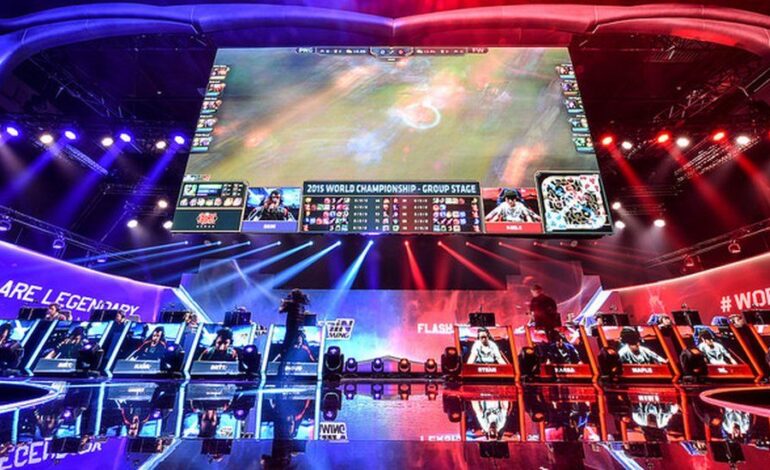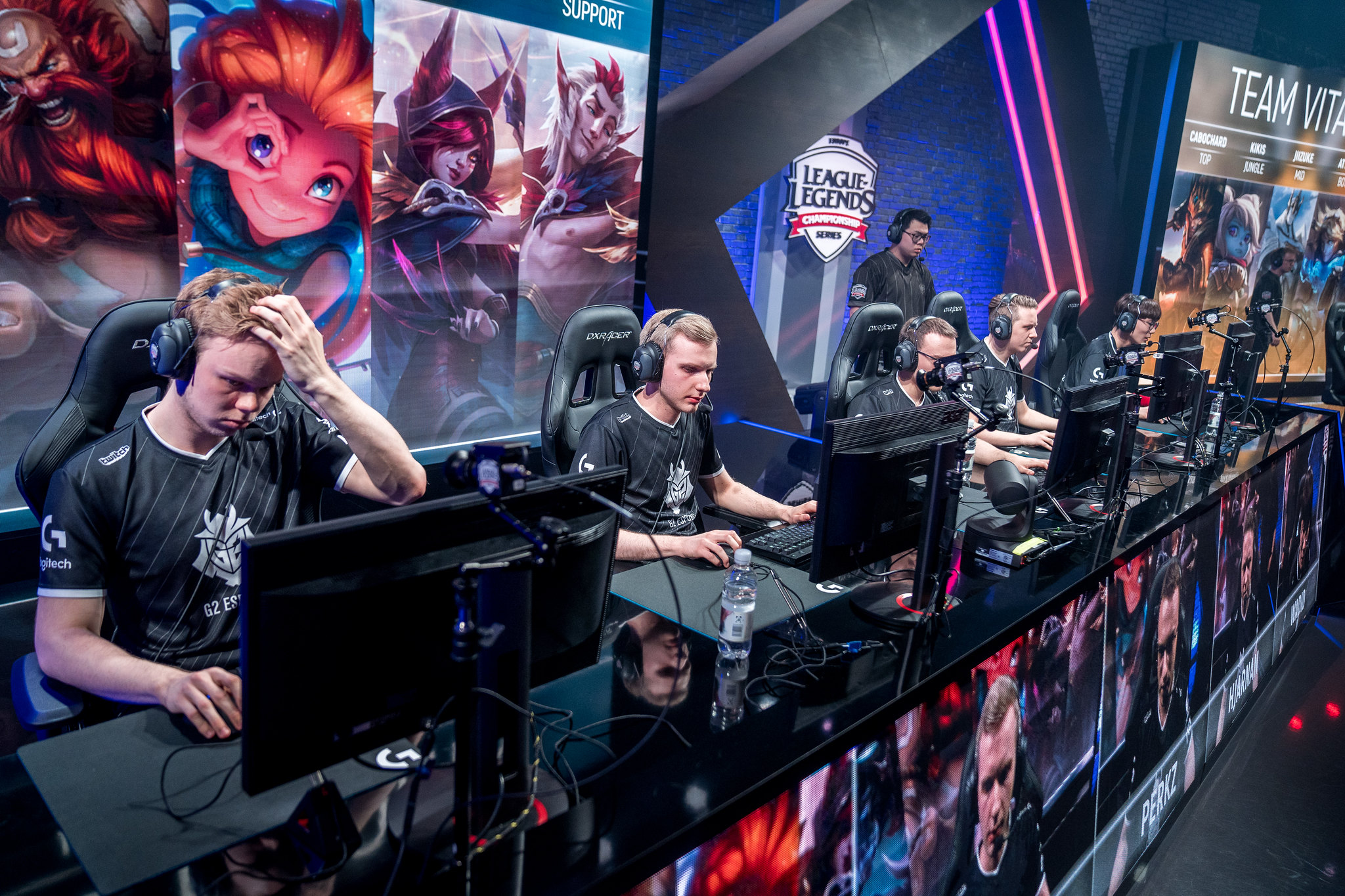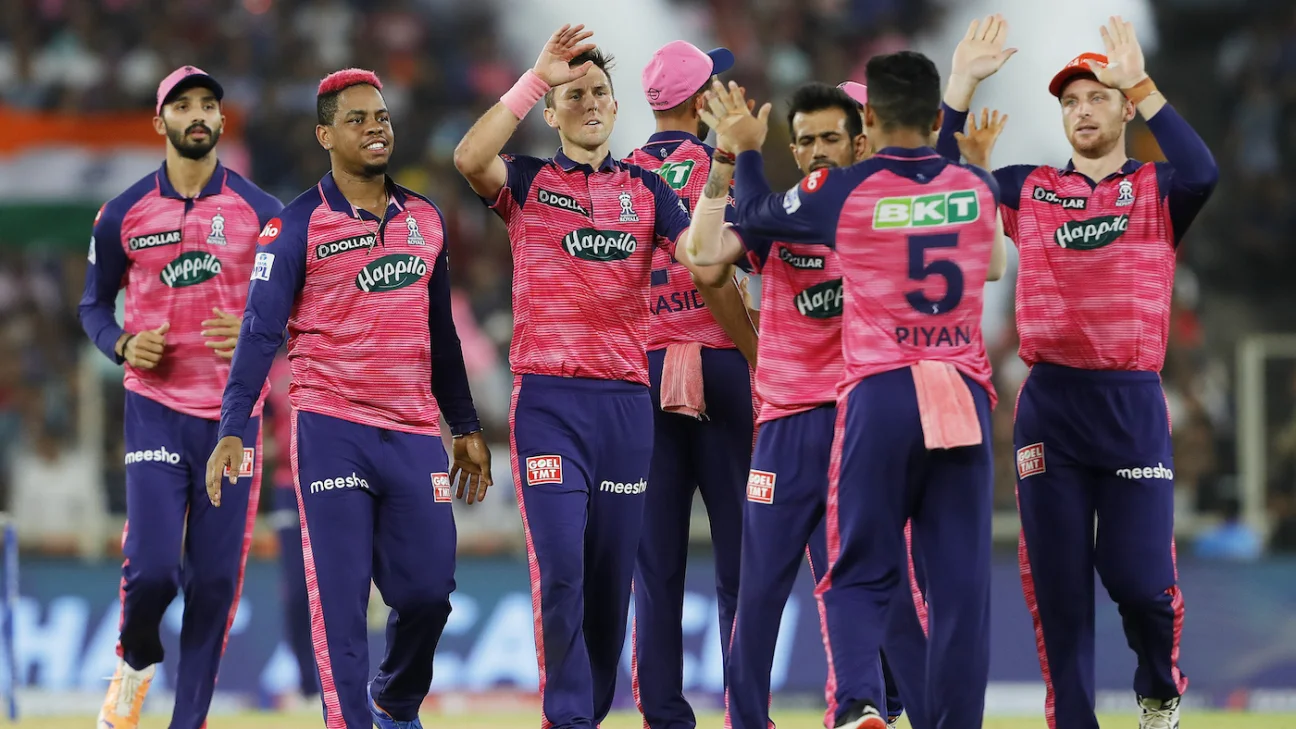The Rise of E-Sports

“`html
The Meteoric Rise of Esports: More Than Just Playing Games
For many, the word “gaming” conjures images of solitary players hunched over consoles or PCs in darkened rooms. But a vibrant and rapidly expanding world exists beyond that image – the world of esports. What was once considered a niche hobby is now a global phenomenon, attracting millions of viewers, lucrative sponsorships, and professional athletes earning six-figure salaries (and sometimes much more!). This post will dive deep into the rise of esports: exploring its history, different game categories, key players, future trends, and why it’s become such an undeniable force in entertainment and business.
A Brief History: From Arcades to Online Arenas
While competitive gaming has existed for decades, the term “esports” as we know it today truly began to solidify in the late 1990s and early 2000s. Early competitions were often small-scale events held in arcades or at conventions, featuring games like *Street Fighter*, *Mortal Kombat*, and other classic fighting titles. The rise of the internet revolutionized things. Games with multiplayer capabilities – particularly Real-Time Strategy (RTS) games like *StarCraft* and First-Person Shooters (FPS) like *Quake* – allowed players to compete online, leading to organized leagues and tournaments.
The early 2000s saw the emergence of platforms like Battle.net for *Warcraft III*, further fueling competitive play. Then came the explosion of *Counter-Strike* and its sequels, which quickly became staples in the esports scene. The introduction of streaming platforms like Twitch (originally Justin.tv) in 2011 was a pivotal moment. Suddenly, viewers could watch professional gamers live, creating an audience far beyond those physically present at events.
Game Categories: A Diverse Landscape
Esports isn’t just about one game; it encompasses a wide variety of genres, each with its own dedicated fanbase and competitive scene. Here are some of the most popular categories:
- Multiplayer Online Battle Arenas (MOBAs): Games like *League of Legends* (LoL) and *Dota 2* dominate the esports landscape. These team-based strategy games require intense coordination, strategic decision-making, and lightning-fast reflexes. They are known for their complex mechanics and deep learning curves.
- First-Person Shooters (FPS): Titles such as *Counter-Strike: Global Offensive* (CS:GO), *Valorant*, and *Call of Duty* demand precision aiming, tactical awareness, and teamwork. The fast-paced action and high skill ceiling make them incredibly engaging to watch and play.
- Real-Time Strategy (RTS): While less popular than MOBAs or FPS games currently, RTS titles like *StarCraft II* still hold a dedicated following. They emphasize macro-management of resources, strategic unit deployment, and the ability to adapt to changing circumstances.
- Fighting Games: The classic roots of esports are represented by fighting games such as *Street Fighter*, *Super Smash Bros.*, and *Tekken*. These games showcase individual skill, precise execution of combos, and mind games between players.
- Battle Royale: The explosive popularity of games like *Fortnite* and *PlayerUnknown’s Battlegrounds (PUBG)* has led to thriving esports scenes. These games pit large numbers of players against each other in a last-person-standing format, requiring adaptability and strategic positioning.
- Sports Simulations: Titles like *FIFA* and *NBA 2K* are gaining traction as competitive esports, attracting both casual fans and dedicated athletes.
Key Players: Teams, Organizations, and Stars
The esports ecosystem is populated by a diverse range of players, from individual professionals to massive organizations:

- Professional Teams: Teams like Team Liquid, FaZe Clan, G2 Esports, T1 (formerly SKT Telecom), and Cloud9 are household names in the esports world. They often field teams across multiple game titles.
- Organizations: These entities provide support, training facilities, salaries, and sponsorships to their players. Many traditional sports organizations are now investing heavily in esports.
- Individual Stars: Players like Faker (League of Legends), s1mple (CS:GO), Ninja (Fortnite), and SonicFox (Fighting Games) have achieved celebrity status within the gaming community, attracting millions of followers on social media.
The Business of Esports: Sponsorships, Streaming, and Revenue
Esports is a multi-billion dollar industry with multiple revenue streams:
- Sponsorships: Brands from various industries – energy drinks, electronics manufacturers, automotive companies – are eager to associate themselves with the growing esports audience.
- Advertising: Streaming platforms and tournament organizers generate significant revenue through advertising.
- Media Rights: Broadcasters pay for the rights to televise esports events, similar to traditional sports.
- Merchandise Sales: Team merchandise, player apparel, and gaming accessories are popular among fans.
- Tournament Prize Pools: Large prize pools incentivize high-level competition and attract viewers.
The Future of Esports: Trends and Predictions
Esports is still evolving, and several trends point to its continued growth:
- Mobile Esports: Mobile gaming continues to gain popularity, leading to the rise of mobile esports titles like *PUBG Mobile* and *Arena of Valor*.
- Increased Mainstream Acceptance: Esports is slowly but surely gaining recognition as a legitimate sport, with some colleges and universities even offering scholarships for competitive gamers.
- VR/AR Integration: Virtual Reality (VR) and Augmented Reality (AR) technologies could revolutionize esports viewing and potentially create entirely new gameplay experiences.
- Blockchain & NFTs: The integration of blockchain technology and Non-Fungible Tokens (NFTs) are exploring innovative ways to reward players, fans, and investors within the esports ecosystem.
- Growth in Emerging Markets: Esports is experiencing particularly rapid growth in regions like Asia, Latin America, and Europe.
Conclusion: A New Era of Competition
The rise of esports represents a paradigm shift in entertainment and competition. From humble beginnings in arcades to the global spectacle it is today, competitive gaming has proven its staying power. With continued growth, innovation, and increasing mainstream acceptance, esports are poised to become an even more significant force in years to come. Whether you’re a seasoned gamer or simply curious about this exciting phenomenon, now is a great time to explore the world of esports!
“`



